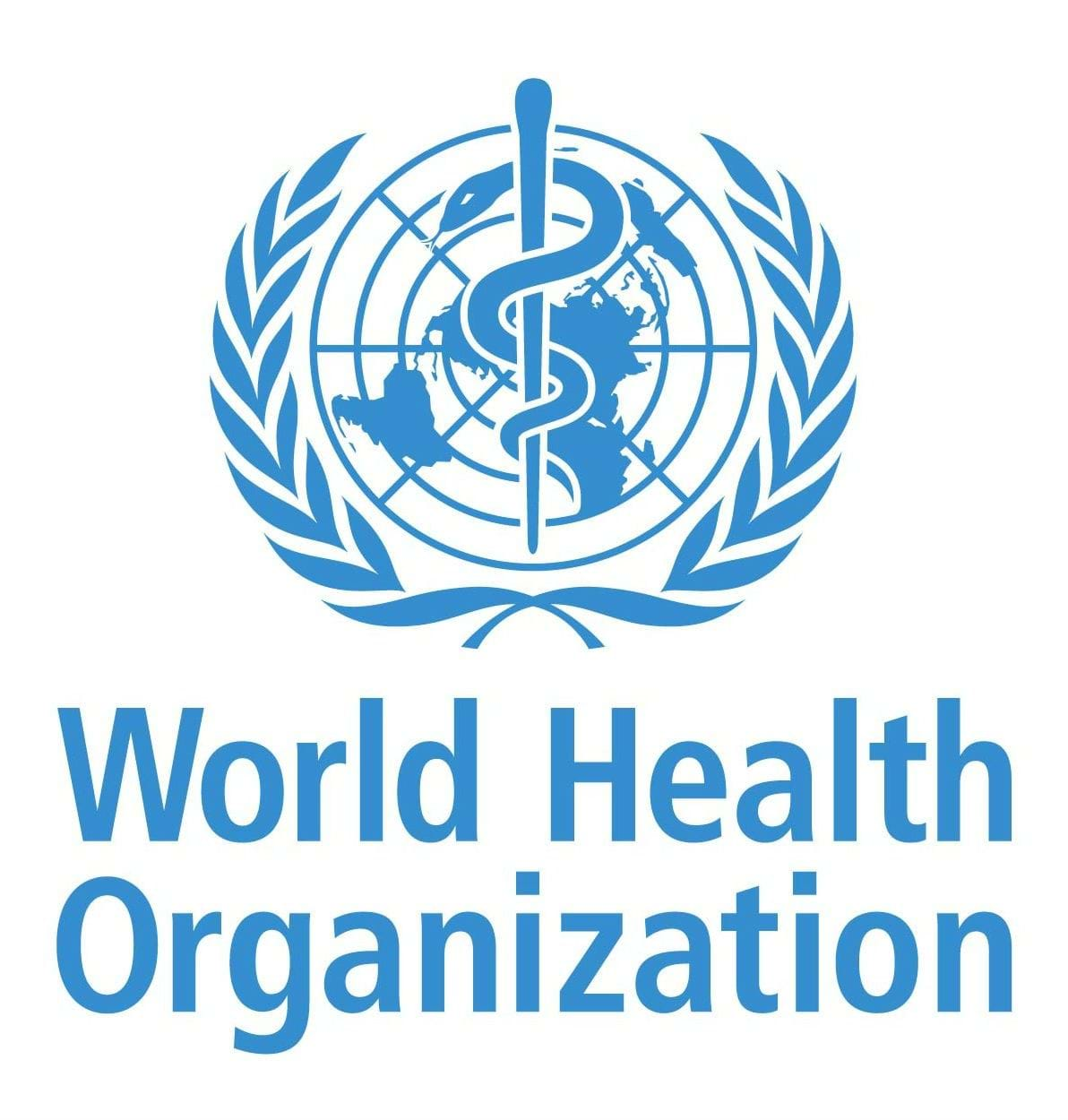By Abt Associates
The private sector has a key role to play in driving climate change action and increasing health equity globally. Although the public sector is essential to strengthening the enabling environment and providing funding, it cannot meet the climate and health Sustainable Development Goals agenda alone. The private sector is a critical partner that can help deliver health equity while driving to a NetZero world. With strong incentives to engage, the private sector would benefit from expanded customer base, robust return on investment, and enhanced opportunities for new product development. Yet market failures have stifled needed alignment to make these opportunities reach scale. Facilitated initially with donor support, private sector-led and public sector-enabled financing can be transitioned to fully sustainable systems that build local capacity, deliver carbon-free health care to underserved populations, and make for a smart investment.
A good example of how private sector can be leveraged to improve climate, health and equity goals concurrently are partnerships to electrify rural health clinics. The lack of reliable power in health facilities undermines the quality of healthcare for millions of people. Health centers that have no access or unreliable access to electricity cannot provide safe storage of vaccines and medicines. Worldwide, more than 289,000 women die every year from pregnancy- and childbirth-related complications, a tragedy that could be mitigated with steady access to electricity to allow for safe storage of oxytocin, improved sterilization of equipment and lighting to allow for 24-hour maternity care.
Currently, health centers that have grid access where electricity is limited or unreliable rely on fossil fuel diesel generators that contribute to air pollution and climate change. Moreover, many health posts have no access to power at all. Renewable energy such as photovoltaic solar energy combined with battery storage could be a solution. Yet, market failures including the prohibitive capital costs for renewable energy equipment, lack of capacity to operate and maintain systems, and lack of sufficient aggregated power demand in rural communities to provide returns sought by investors has left this need unaddressed. Health centers have not had the budget nor the capacity to install and maintain solar panels, and often government health and energy ministries have been siloed and not sought cross-ministry/cross-budget solutions. However, together, the public and private sector can address the gaps, resulting in access to higher quality healthcare in rural as well as urban areas, and at the same time set the stage for inclusive, economic growth, further enhancing the well-being of rural populations.
This event will present the needs and challenges of rural health facilities without reliable access to electrification, the benefits of a renewable energy solution, and possible sustainable private sector-led and public sector enabled financing and business models to make such a solution a reality.

.png?sfvrsn=6d0e27cd_1)



